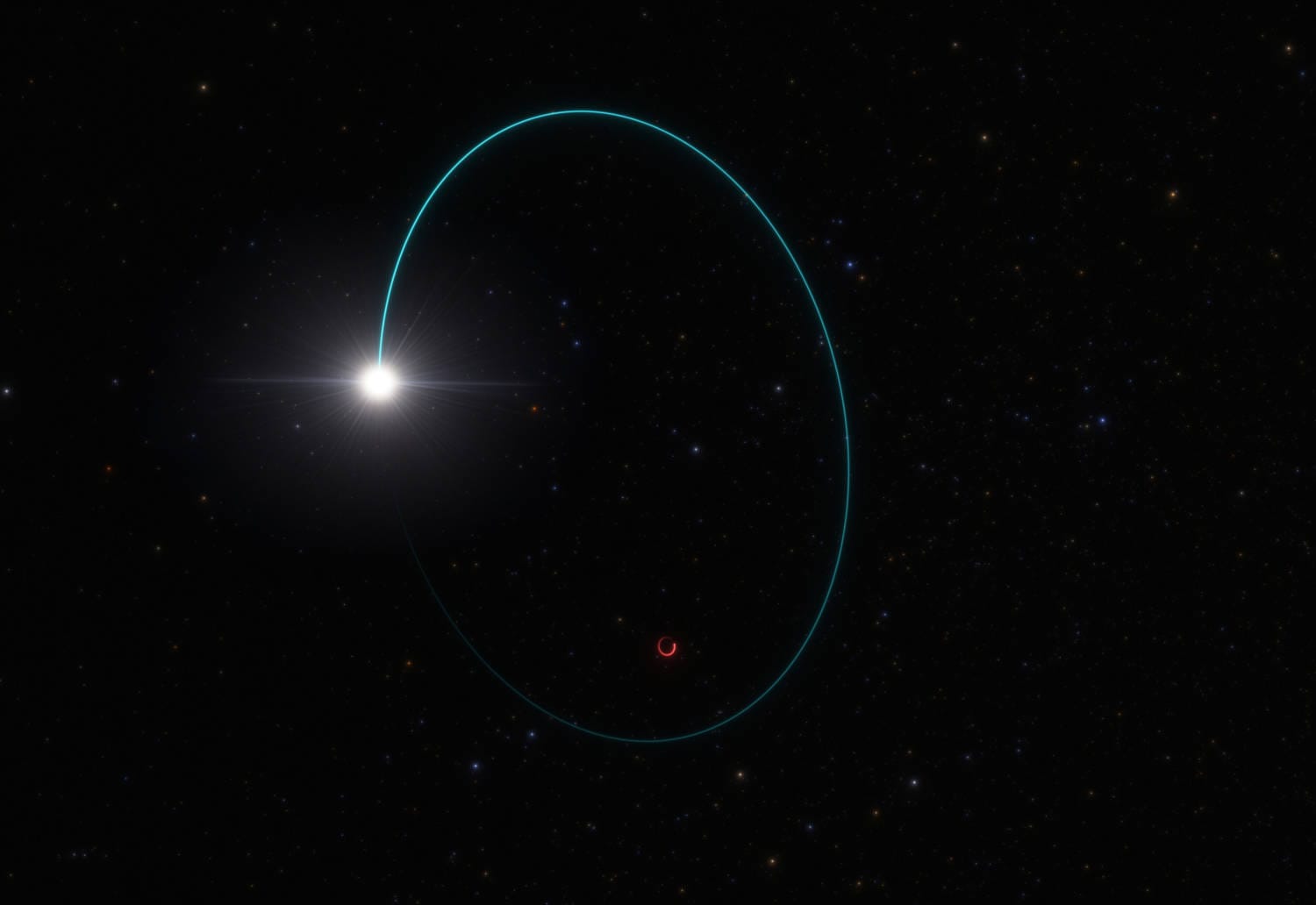Unveiling the Behemoth: A New Black Hole Discovered
In a groundbreaking revelation, astronomers have unveiled the presence of a black hole with a mass 33 times that of our sun, marking it as the largest known within the Milky Way, excluding the supermassive black hole at the galaxy’s core. This colossal entity is situated in the constellation Aquila, a mere 2,000 light-years from Earth, and is orbited by a companion star.
The discovery was made possible through the European Space Agency’s Gaia mission, which has been diligently mapping the stars of our galaxy. The black hole’s gravitational influence induced a detectable wobble in its companion star, drawing the attention of researchers. Subsequent observations from the Very Large Telescope in Chile and other observatories confirmed the black hole’s significant mass.
“This black hole is not only very massive, it is also very peculiar in many aspects. It is really something we never expected to see,” remarked Pasquale Panuzzo of the Observatoire de Paris. One intriguing characteristic of this black hole, dubbed Gaia BH3, is its retrograde motion within the galaxy, moving in the opposite direction to most stars in the Milky Way.
Gaia BH3 is believed to have originated from a star more than 40 times the mass of our sun. Such stars are rare, composed almost entirely of hydrogen and helium, reminiscent of early universe stars with low metallicity. The progenitor star’s supernova explosion scattered material into space while its core collapsed into what we now observe as Gaia BH3.
The companion star to Gaia BH3 shares its ancient origins and follows an elliptical orbit ranging from 4.5 to 29 astronomical units from the black hole. Despite its proximity to the cataclysmic birth of Gaia BH3, the companion star’s chemical composition appears unaffected by the supernova event—a detail that surprised astronomers like Elisabetta Caffau from Observatoire de Paris.
The discovery of Gaia BH3 not only challenges our understanding of stellar movements but also supports current models of stellar evolution, suggesting that massive stellar black holes are indeed a product of low metallicity stars. As scientists continue to debate the upper limits of stellar black hole sizes, Gaia BH3 stands as a testament to the vast and mysterious cosmos that surrounds us.






